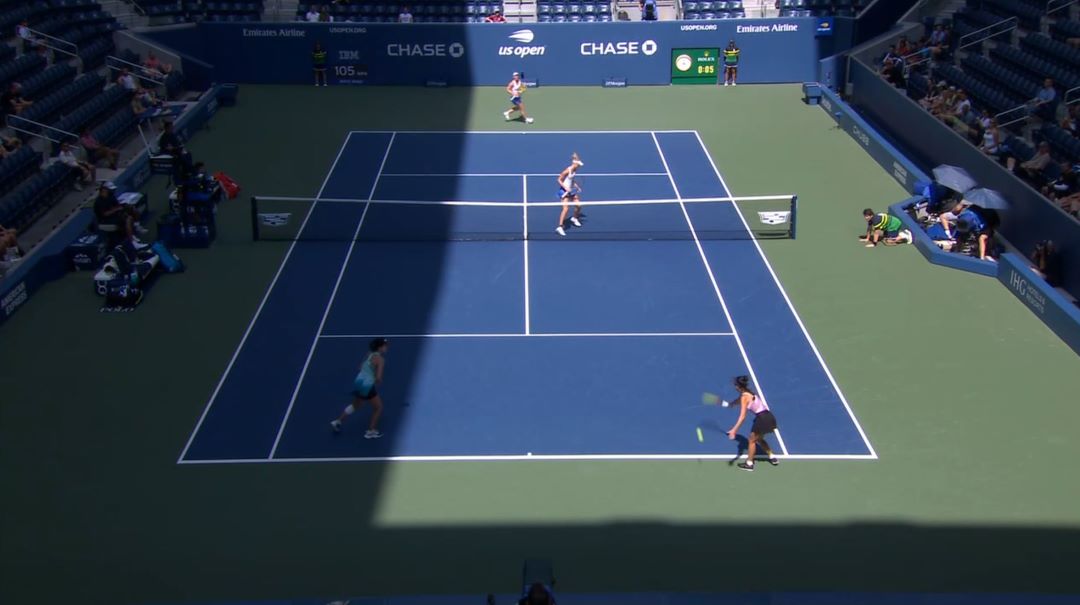It is an understatement to say that I love the format used at the Intersectionals tennis tournament. I firmly believe that it is the best structure currently used in USTA team competition. It is vastly different from what is used in USTA League tennis. Anyone who might be soured on team tennis based on USTA League play should know there is a much better alternative.
For one thing, there is a strict roster size limit for Intersectionals teams. For most age divisions, each roster can have a maximum of seven players. Consequently, not everybody who wants to compete in this format of Nationals will make the team for their Section. It is important to remember that competing for a National Championship is an honor rather than an entitlement. Working hard even to get there is a part of the journey.
Additionally, the only way to make the Intersectional team for most USTA Sections is to achieve elite levels of tennis performance. That has to be backed up with a recent record of success in tournament play. Unlike USTA League Nationals, players cannot sandbag their way to the event by tanking matches and keeping their NTRP rating artificially low. Intersectionals is an exclusive event for high-performance players.
For most age divisions, the format of play is three lines of Singles and two lines of Doubles. Consequently, high performance in Singles is critical for a team victory. Additionally, all Singles matches are completed before the roster for the doubles lines has to be submitted. The outcome of the Singles impacts the lineup that teams submit for the doubles.
The USTA League practice of “stacking,” which refers to not playing lines in the strict order of strength, is nonexistent for Intersectionals Singles competition. That is because each Captain is required to submit the playing order of all the Singles players at the Captain’s meeting before the draws are made. While any combination of players can play Singles, they can only play in the order established at the Captain’s meeting.
Consequently, that order of strength is scrutinized by all the other captains. If a team tries to stack, they will be called out by their peers as the lists are adjudicated at that meeting. That creates the best possible matchup on each line. A team cannot win by manipulating their lineup to create competitive mismatches in their favor.
Intersectionals is like the Billie Jean King Cup and the Davis Cup, as players may compete in both Singles and Doubles during the same tie. That means that, theoretically, a handful of strong players may propel a team to victory. However, each match is best of three full sets with advantage scoring. There is no superbreaker in lieu of a third set. In other words, conditioning matters, and deeper rosters have more options for managing their player’s energy.
In the Intersectionals format, only one matchup per day can be played by each team. The Singles lines are completed in the morning, and the doubles lines follow in the afternoon. Lunch is provided onsite. Intersectionals is an all-day tennis extravaganza. It is truly an event for players who love to play tennis at the highest competitive levels.
Intersectionals is the way that all team tennis should be.





Probably the best source is the NWTO informational page. https://nwto.us/intersectionals
The best course of action is to contact your USTA Section office for more information. Each Section handles the selection of teams for Intersectionals differently.
Hello Theresa –
I’ve never even heard of “Intersectionals”! How would one find out more details about it?